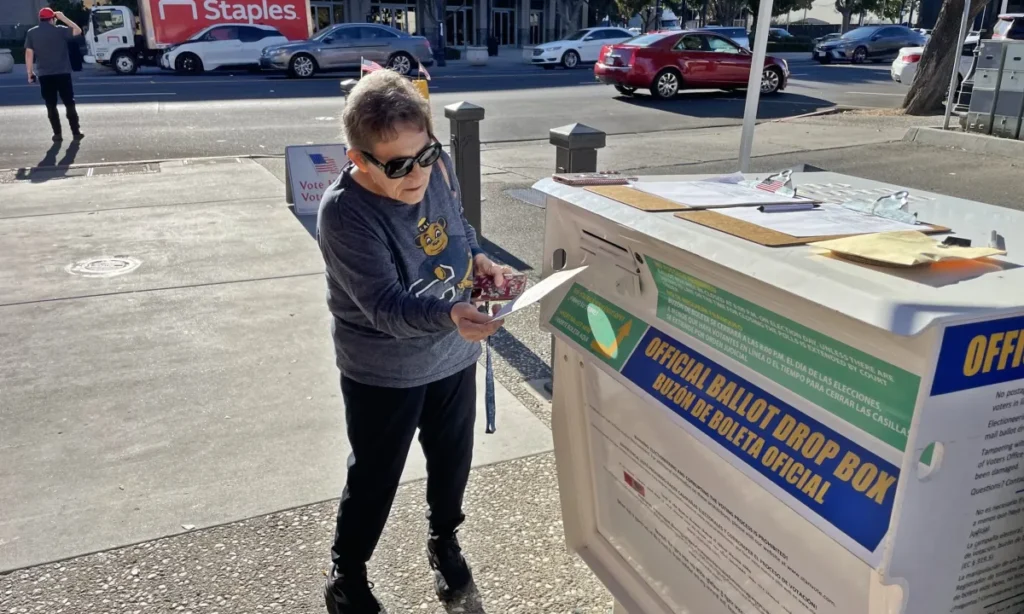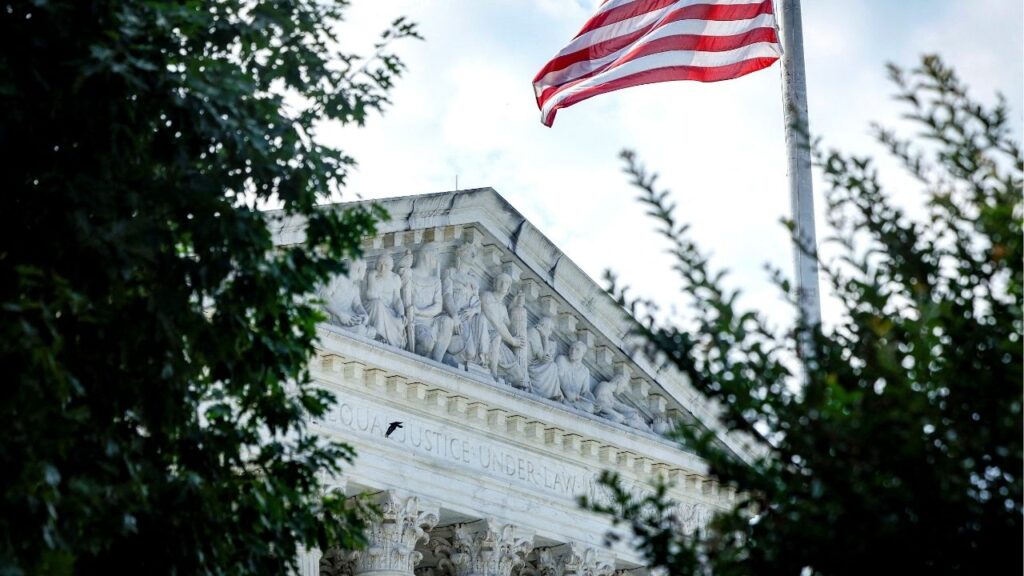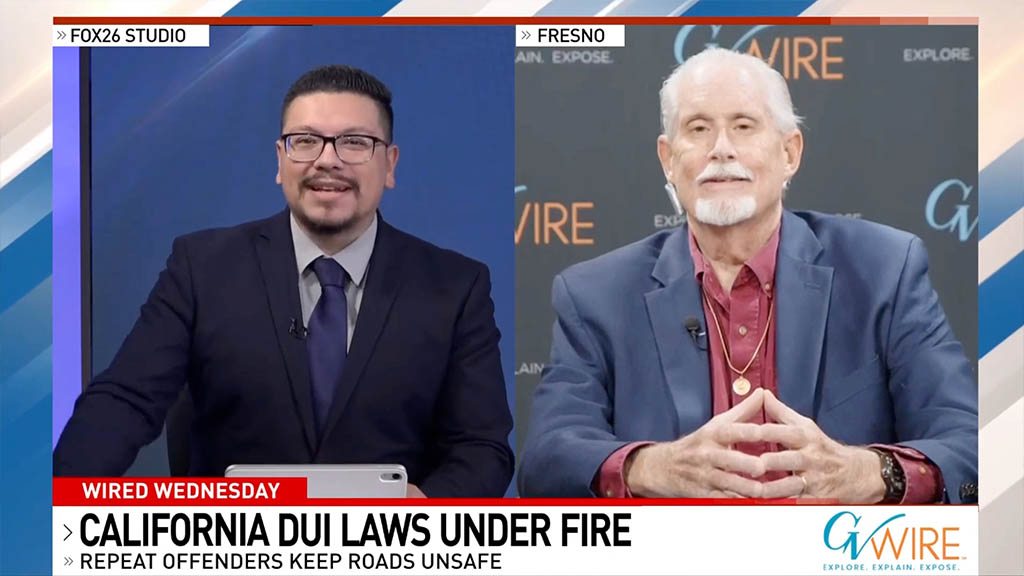President Joe Biden with Mary Barra, the chief executive of General Motors, at the Detroit Auto Show, Sept. 14, 2022. President-elect Donald Trump has promised to erase the Biden administration’s tailpipe rules designed to get carmakers to produce electric vehicles, but most U.S. automakers want to keep them. (Doug Mills/The New York Times)

- Automakers urge Trump to keep EV regulations, fearing abrupt changes could harm billions in electric vehicle investments.
- Biden's stricter tailpipe rules aim for 56% EVs by 2032, but industry seeks adjustments for compliance flexibility.
- Tesla's Elon Musk, advising Trump, may influence efforts to reduce federal EV regulations.
Share
|
Getting your Trinity Audio player ready...
|
Three of the nation’s largest automakers, Ford, General Motors and Stellantis, are strategizing with other car manufacturers on how to make a delicate request of President-elect Donald Trump: Don’t scrap the federal regulations that compel the industry to sell electric vehicles.
Trump has railed against the EV rules, which strictly limit the amount of tailpipe pollution while also ramping up fuel economy standards. They are designed to get carmakers to produce more EVs.
Most automakers don’t love the more stringent rules Biden put in place. But they have already invested billions in a transition to electric vehicles and fear that if Trump made an abrupt change as he has promised, they could be undercut by automakers who sell cheaper, gas-powered cars.
Related Story: Trump Wants to Kill the EV Tax Credit. Here’s What to Know.
Lobbyists and officials from several car companies say the automakers want the Biden regulations to remain largely intact, with some changes such as more time for compliance and lower penalties for companies that don’t meet the requirements.
One wild card in negotiations is Elon Musk, the top Trump adviser and CEO of Tesla, which accounts for half of electric vehicle sales in the United States.
Transportation is the sector of the U.S. economy that produces the most greenhouse gases. The Obama administration was the first to limit tailpipe emissions of such pollution. During his first term, Trump effectively erased those rules.
Biden restored and, with input from the automakers, significantly strengthened the tailpipe rules, making them the biggest regulations enacted by the federal government to fight climate change. The regulations affect vehicles starting in model year 2027 and grow more stringent through 2032. Automakers could comply by selling a mix of gasoline-burning cars, hybrids, EVs or other types of vehicles, such as cars powered by hydrogen.
Related Story: Will California Riders Embrace Electric Motorcycles? Proposed Rules Require It
The EPA estimates that compliance with the rule would mean that by 2032, about 56% of new passenger vehicles sold would be electric and another 16% would be hybrids, up from about 9% and 11% today, respectively. Car companies that don’t meet the new restrictions could face substantial penalties or could purchase “emissions credits” from companies that have exceeded the standards by selling more EVs.
Electric vehicle supporters had hoped that Musk would persuade Trump to retain the EV rules. But that seems unlikely; he is now poised to lead the Trump administration’s initiative to reduce regulations.
—
This article originally appeared in The New York Times.
By Coral Davenport and Jack Ewing/Doug Mills
c. 2024 The New York Times Company
RELATED TOPICS:
Categories




















